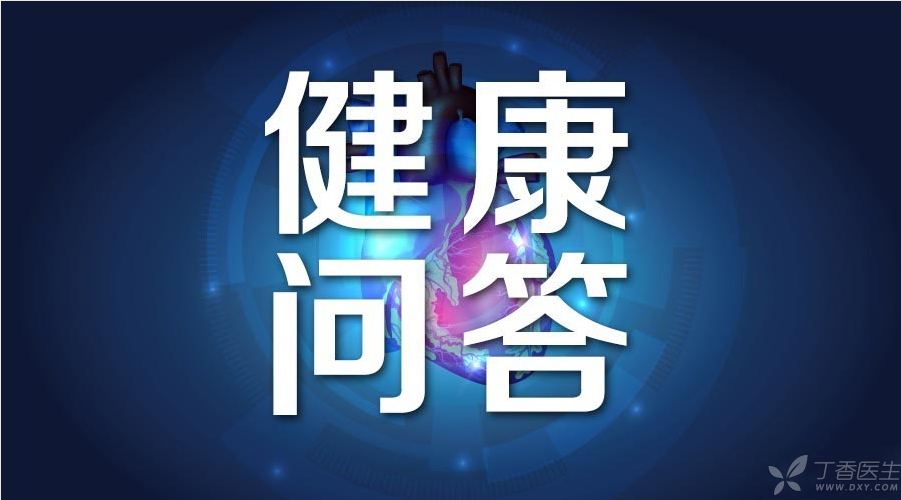
1. What causes cervical spondylosis? Cervical spondylosis is a disease based on degenerative pathological changes. There are many causes of cervical spondylosis, but there are four, including:
(1) Degeneration of cervical spine (cervical spine hyperplasia, intervertebral disc herniation, etc.);
(2) Chronic strain (the most common reason is to bow to work, etc.);
(3) Developmental cervical spinal canal stenosis (mostly congenital);
(4) Congenital malformation of cervical spine (relatively rare, such as butterfly vertebra, concomitant vertebra, etc.). Among them, the first two are the main reasons. 2. Is cervical spondylosis only occurring in the elderly? Cervical spondylosis is one of the common and frequently-occurring diseases in the middle-aged and elderly. However, in recent years, the number of young people suffering from this disease has increased. And the work is concentrated in the head and neck in the same posture for a long time, Or those who have frequent head and neck activities and are vulnerable to neck injuries, such as white-collar workers, computer operators, accountants, teachers, students, etc. who need to work at their desks for a long time, if their postures are incorrect, the probability of cervical spondylosis is 4 to 6 times higher than that of the average person, so they should not be taken lightly. 3. What are the manifestations of cervical spondylosis? According to the clinical manifestations, In medicine, cervical spondylosis is usually divided into six categories. Cervical spondylosis, nerve root type, spinal cord type, vertebral artery type, sympathetic nerve type and mixed cervical spondylosis. Clinically, Four types of cervical spondylosis belong to multiple types: (1) Nerve root type: The incidence rate is highest, When the nerve root is compressed by the cervical spine, It can be manifested as neuralgia, sensory disturbance, numbness, Strange feeling, Inflexible movement. Raising one’s head, coughing and sneezing can aggravate, The sooner you go to see a doctor, The better the effect, Most patients can be partially relieved, No surgical treatment is required. (2) Spinal cord type: About 10% ~ 15% of patients are of this type. When intervertebral disc herniation, hyperosteogeny, Or when the ligaments connecting the bones and joints become thickened or ossified, It can compress spinal cord and blood vessels, and even cause spinal cord ischemia or necrosis. Early stage is numbness of unilateral or bilateral lower limbs, and later it develops into walking difficulties, defecation and even paralysis. (3) Sympathetic nerve type: about 5%. Symptoms caused by cervical sympathetic nerve compression. Due to its wide distribution, it can cause symptoms of many organs and systems. Including:
- Head symptoms: dizziness, headache, neck pain; Eye symptoms: blepharoptosis, blurred vision and even blindness; Heart symptoms: heartbeat accelerates or slows down, heart pain; Peripheral symptoms: numbness or pain of limbs, head, neck and face; Others: tinnitus, deafness, etc.
(4)Vertebral artery type:about 2%. Because the vertebral artery is subjected to external compression or stimulation, Causing dysfunction, brain blood supply insufficiency and a series of symptoms. Early symptoms are generally not obvious, aggravated to a certain extent, in a special position for sudden onset, as long as the neck to a certain direction, immediately appear vertigo, even feel dark. Sometimes accompanied by headache, nausea, vomiting, tinnitus, blurred vision, etc.4. Is stiff neck cervical spondylosis?Stiffness refers to the sudden pain of neck muscles after sleep or trauma. Especially when the head and neck rotate, The clinical manifestations are sudden pain and discomfort in the back of neck and upper back in the morning. More than one side, There are also those who suffer from pain on both sides. Or a focus, One side is light. Most patients can recall that they did not sleep well last night. During the examination, the neck muscles have tenderness. Due to pain, the neck movement is not flexible and cannot rotate freely. Severe cases also have difficulty in pitching. Even the head is stiff in an abnormal position, making the head lean towards the diseased side. If stiff neck is often used, cervical vertebra loses stability and cervical muscle strain is obvious, which is a common manifestation of cervical spondylosis.
5. How to treat cervical spondylosis?
The treatment methods of cervical spondylosis are divided into surgical methods and non-surgical methods. Most cervical spondylosis can be relieved by non-surgical methods such as physical therapy and massage, while the effect on some cervical spondylosis such as cervical spondylotic myelopathy is not good. Such cervical spondylosis may require surgical treatment, and others such as correct lifestyle and working posture are also very important parts of treatment.
